Calling all future female engineers
Strong female engineering role models can be found throughout recent history. While historically engineering has been a male dominated profession, there have always been and will continue to be role models for young women to look up to.
Among them, Dame Caroline Haslett was a specialist electrical engineer throughout both World Wars. Born in 1895, she was the first director of the Electrical Association for Women and the first woman appointed as a companion member of the Institution of Electrical Engineers (IEE). She was a pioneering advocate for women in engineering and is renowned for her strong drive to educate others, particularly women.
Verena Holmes is another female engineer who stood out among her largely male peers. A mechanical engineer and inventor, Verena’s specialties included marine, locomotive, diesel and internal combustion engines. She developed many inventions during her career at Research Engineers Ltd, holding 12 patents for medical devices and engine components. Among them, the Holmes and Wingfield pneumo-thorax apparatus for treating tuberculosis, a poppet valve for steam locomotives and rotary valves for internal combustion engines. Verena, born 1889, was the first woman elected to the Institution of Mechanical Engineers.
Beatrice Shilling was a celebrated aeronautical engineer, known for her work at the Royal Aircraft Establishment during the Second World War. Born in 1909, “Tilly”, as she was known, became an apprentice electrical engineer and eventually joined The Royal Aircraft Establishment where she became the leading specialist in aircraft carburettors.
Engineering has a stigma – that of a dirty profession, toiling away in greasy overalls in loud factories. But engineering is much broader than this. It takes a keen eye and astute mind to make a great engineer. And the sky really isn’t the limit! You could be developing anything from aeroplanes to satellites, cars to defence equipment, bridges to skyscrapers. However, due to its “dirty” reputation, many young women are put off pursuing a career working on some of the world’s greatest machines, buildings and technology.
One of the aims of campaigns such as National Women in Engineering Day (NWED) is to change those perceptions. It is also a day dedicated to raising the profile and celebrating the achievements of women in engineering. However, you don’t have to look through the history books to find role models – there are young female engineers today doing great things.
At this year’s Semta Skills Awards, 21-year-old Jade Aspinall was crowned Apprentice of the Year and the Best of British Engineering. The third year advanced engineering apprentice at MBDA in Lostock, Bolton, has featured in a campaign to promote women in engineering and continues to attend careers days and visit schools to promote the vocational pathway.
Her colleague at MBDA, fellow apprentice Daniella Di Stazio won the Best Higher Apprentice in British Engineering and Advanced Manufacturing award at the ceremony. Her apprenticeship has allowed her to progress towards NVQ Level 4 qualifications and she is now studying for a business studies degree. As part of MBDA’s supply chain transformation team, Daniella is working to solidify the company’s position as the industry supply chain leader.
The Industry Apprentice Council (IAC), which is supported by EAL and sponsored by The IMI, has several female members working in the engineering and advanced manufacturing sector. They are all passionate about promoting the vocational pathway to a new generation of learners. Among the IAC members: Elizabeth Moffatt from Vauxhall Motors, Sam Ball and Anna Schlautmann from MBDA, and Natalie Harris from Caunton Engineering. Having met them personally, I have been very impressed with their dedication and ambition to see the reputation of apprenticeships rise.
Female engineers in senior positions are few and far between, but Dr Dolores Byrne OBE is one of those paving the way. The former Semta Non-Executive Director has championed diversity at every opportunity, in a career spanning 35 years in academia, Ministry of Defence and industry. She was Managing Director Innovation at UK-based defence firm QinetiQ, has been a board member of the South East England Development Agency and Chairman of its Science, Engineering and Technology Council. As well as a chartered engineer, Dr Byrne is a Fellow of the Institute of Engineering and Technology (IET), where she has served as a Trustee and Vice President.
Just 22% of employees in the engineering and advanced manufacturing sector are women, however, and of those only 9% are engineers. That needs to change. With the skills shortage facing the sector, ensuring more women are coming through the talent pipeline is vital. Giving apprentices and female engineers more support and opportunities to promote the pathway to young people is essential.
The Government’s £30m fund to increase the supply of engineers, including £10m to encourage more women into the sector, will go some way to helping address the issue. Promotional campaigns such as National Women in Engineering Day also help to raise awareness. However, long term, dedicated support is needed if we are to fill skills gaps and ensure Britain’s engineering and advanced manufacturing sector has a strong future. Women must play an equal role in that future.
Julia Chippendale is managing director of EAL, the specialist awarding organisation for industry qualifications


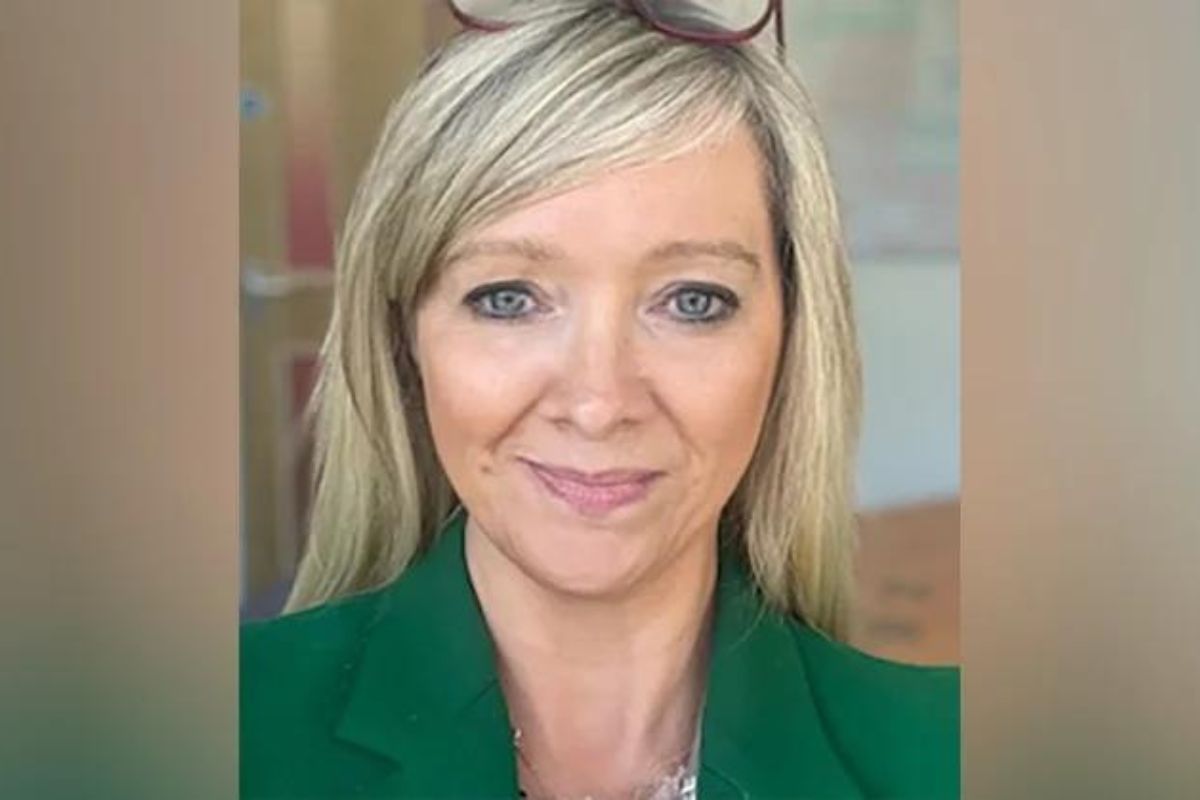



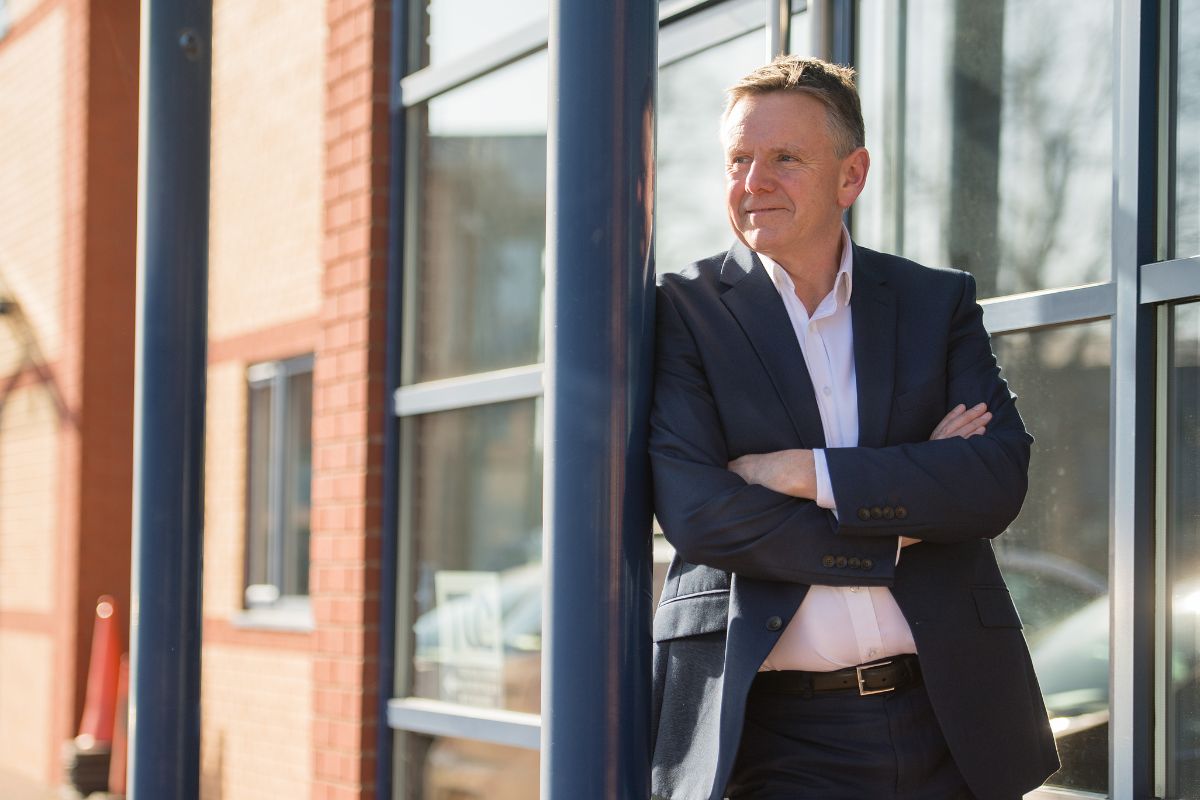
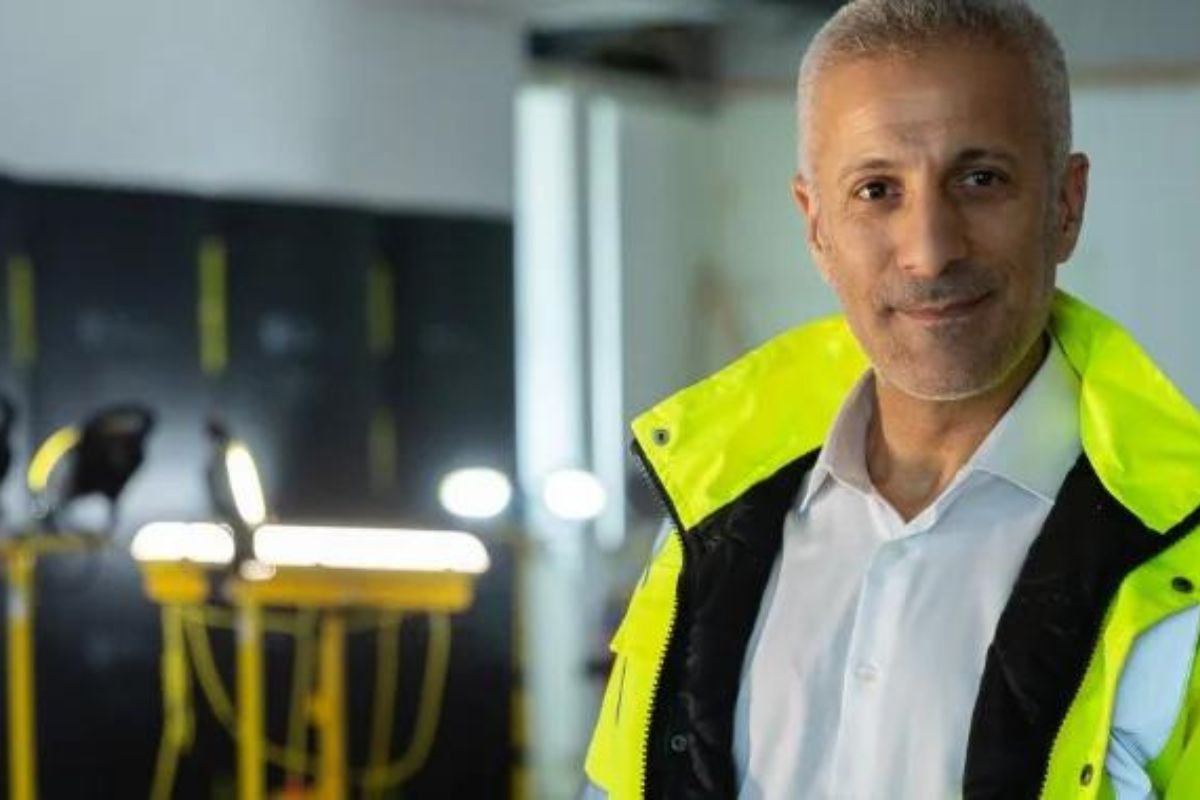
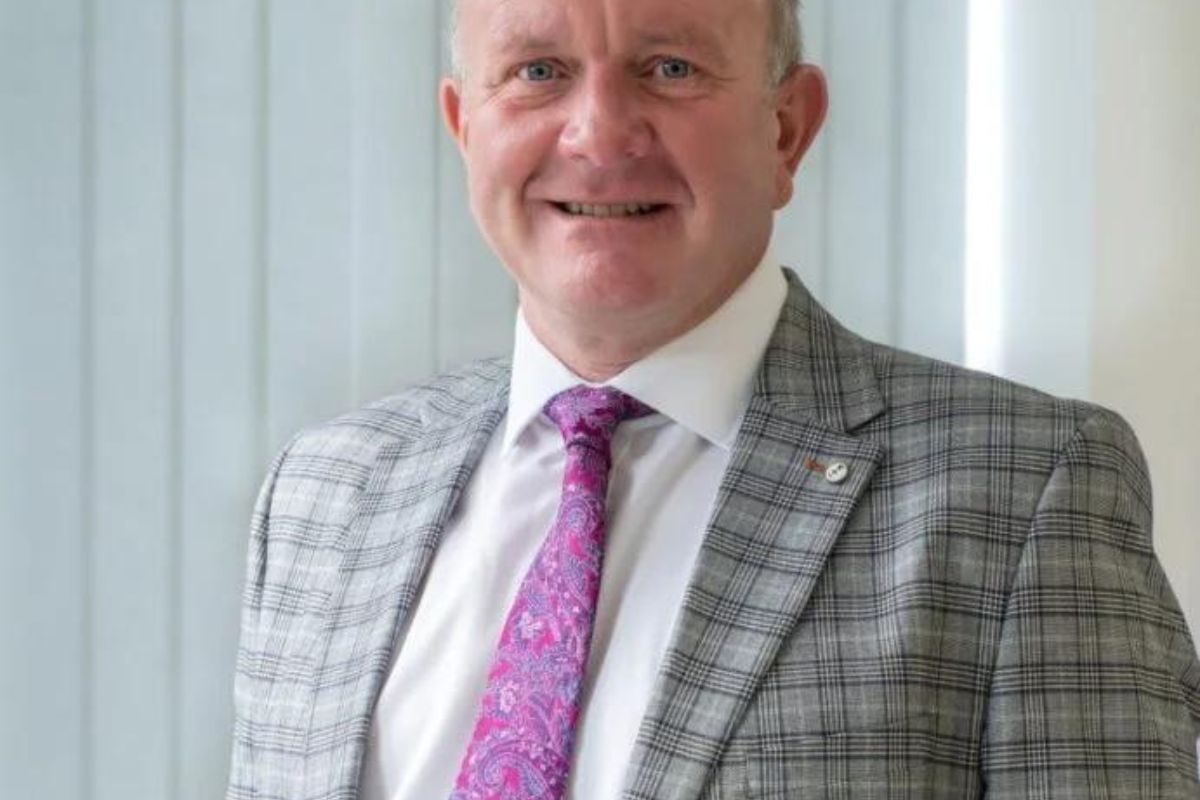
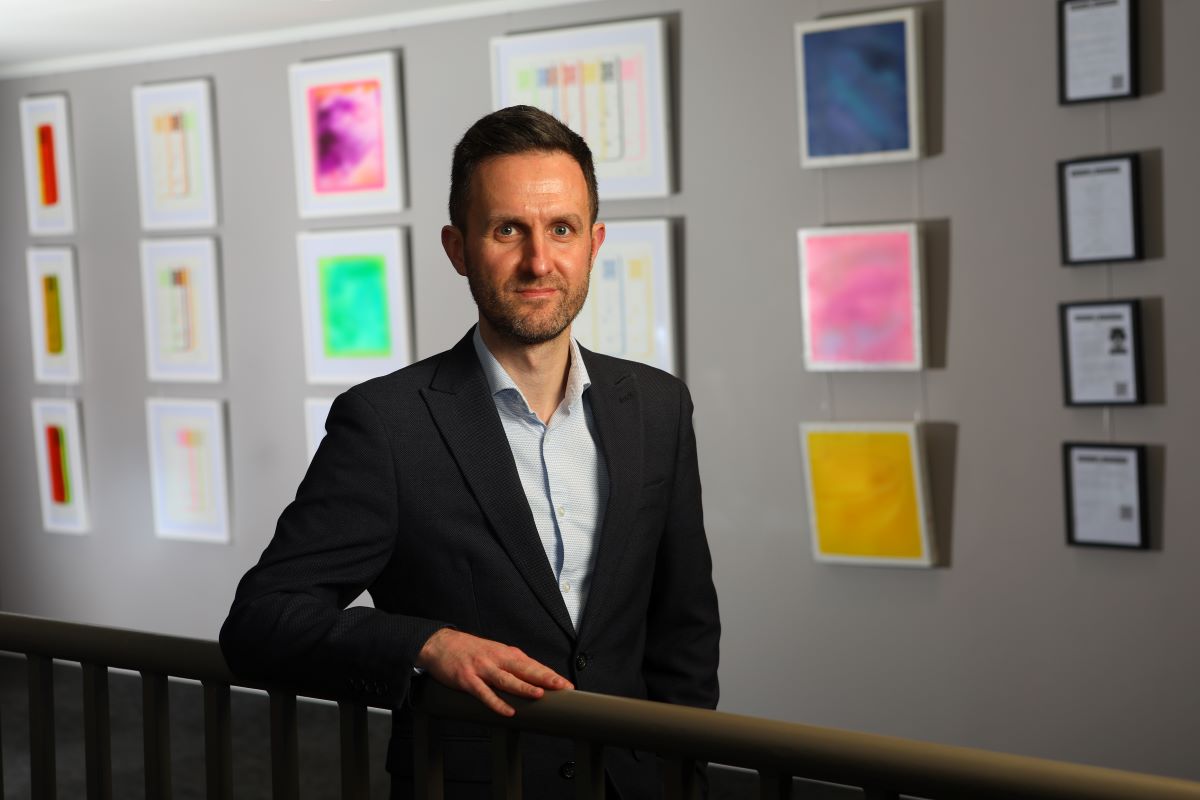
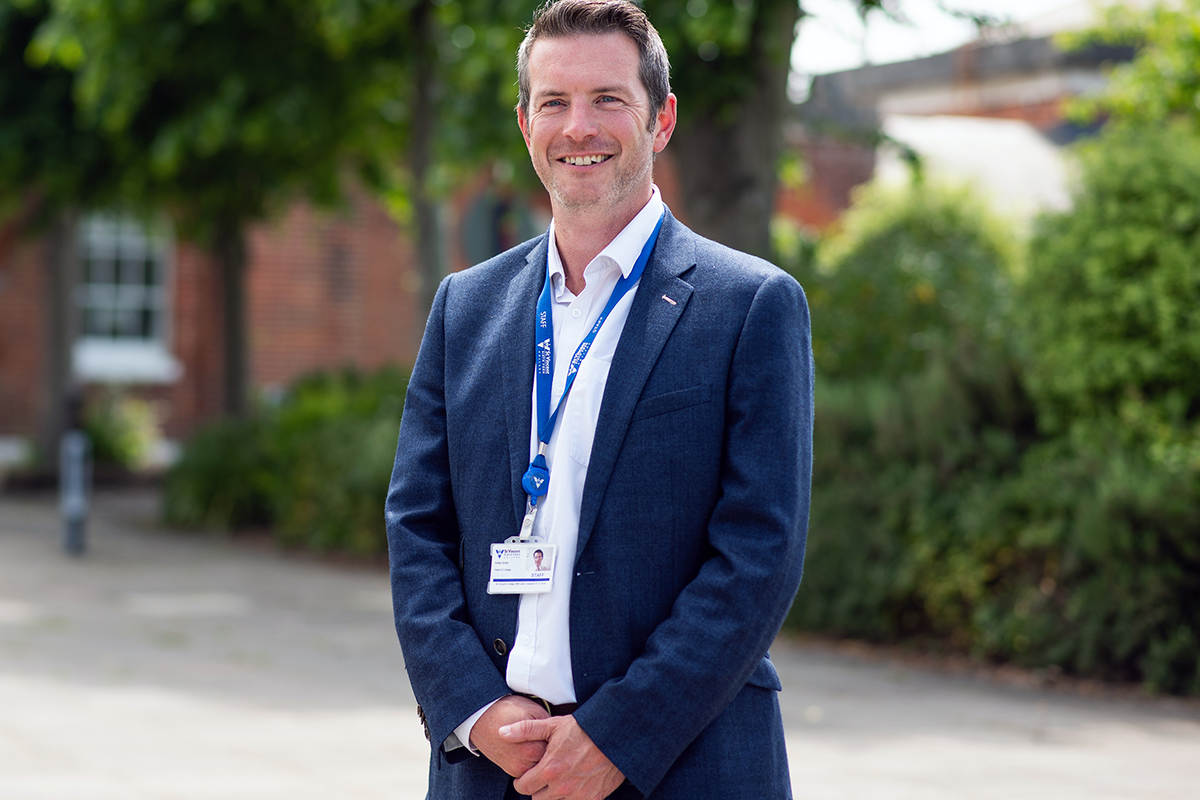
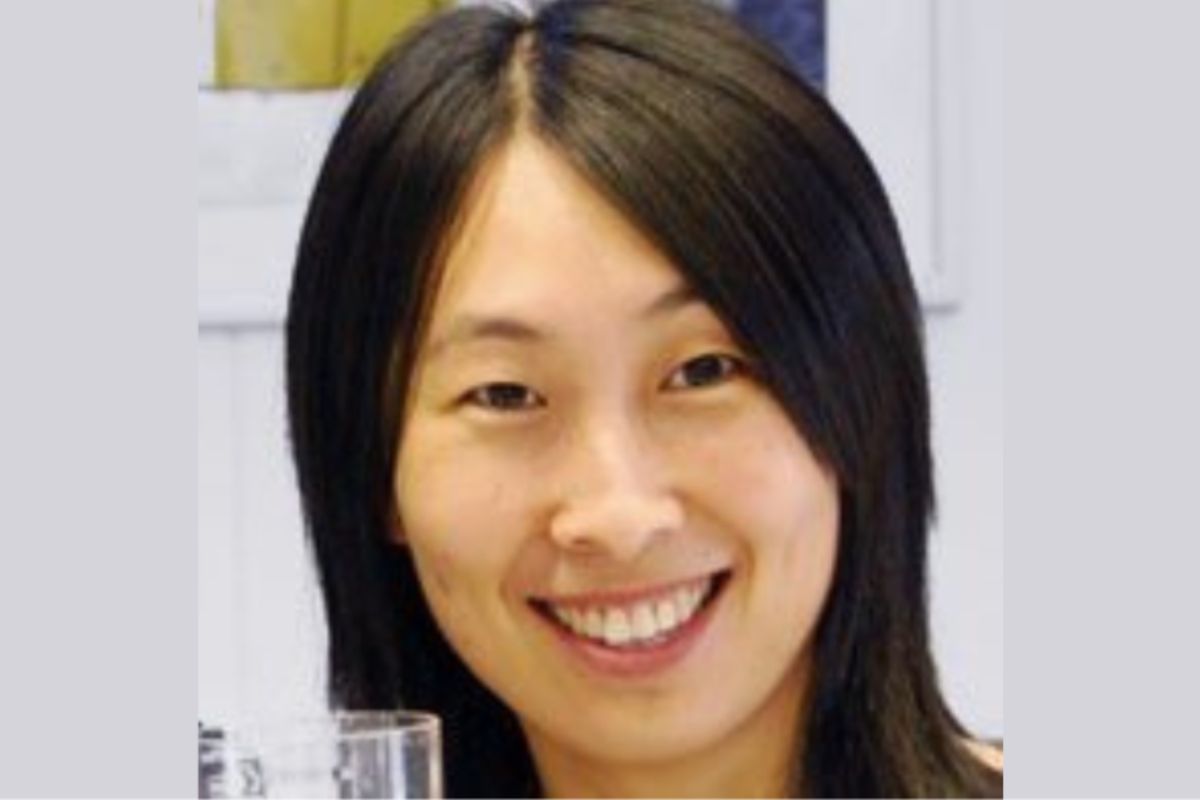
Responses